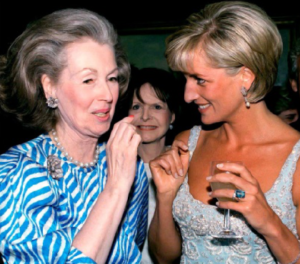The Koh-i-Noor “is neither the biggest diamond in the world, nor the most beautiful”, said Anita Anand in The Guardian. But it is “arguably the most infamous”. And now it is threatening to cause a “very ugly diplomatic row”. The 105.6-carat gem, which resides in the Tower of London, has a long and “blood-drenched” history. Mined in India in medieval times, it passed through Moghul, Afghan and Persian hands (its name means “Mountain of Light” in Persian) and is said to have cursed many of its owners. In 1849, the East India Company forced its then owner, the ten-year-old Sikh boy-king Maharajah Duleep Singh, to sign a treaty which took his kingdom and the Koh-i-Noor from him. The jewel went to Queen Victoria, and is now inset in a crown that the Queen Mother wore at her coronation. India, however, has been asking for the Koh-i- Noor’s return ever since independence in 1947. And last week its ruling party, the BJP, warned that if Camilla, the Queen Consort, wears the diamond at her and King Charles’s coronation next year, it would evoke “painful memories of the colonial past”.
“If ever one solitary jewel could represent the exploitation, looting and slavery that the British empire participated in during its time in India”, it would be this one, said Saurav Dutt in The Independent. It’s a reminder that empire meant theft, with violence. That’s why it triggers such strong feelings in India: within hours of Queen Elizabeth II’s death, the Koh-i-Noor was trending on Twitter there. King Charles should seize the chance to right historical wrongs by returning it home. What a load of “pernicious nonsense”, said Robert Tombs in the Daily Mail. History is steeped in injustice and slaughter. If we were to concede “that one artefact is a symbol of national guilt”, as the “woke obsessives” would love us to do, where would it all end? There’s hardly a national treasure that wouldn’t be tainted.
Still, Buckingham Palace will surely be keen to prevent an “international row” over the jewel overshadowing the coronation, said Hannah Furness and Gabriella Swerling in The Daily Telegraph – particularly when the UK is trying to cut a trade deal with India. It will probably seek an alternative among “little-known crowns”, such as the one worn by Queen Adelaide at the “cut-price” coronation of William IV; or the 1820 Diamond Diadem. The latter has previously been used for the journey to coronations. But perhaps this modest, uncontroversial crown – as well as averting diplomatic disaster – would be more in keeping with the pared-down modern royal family.


